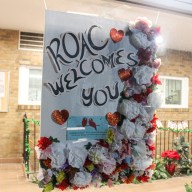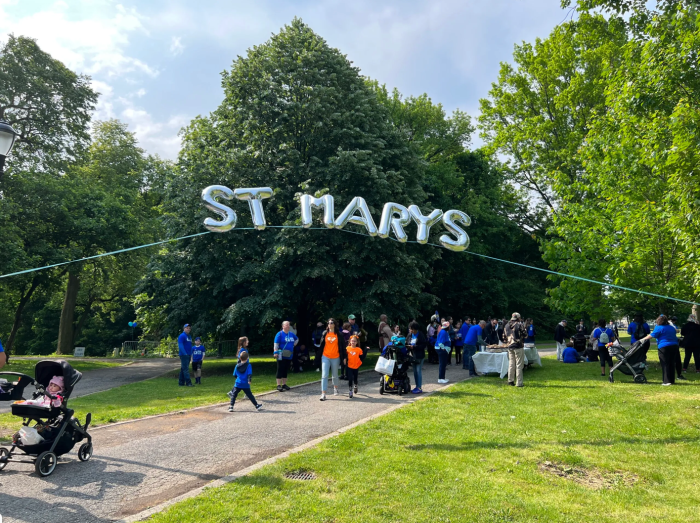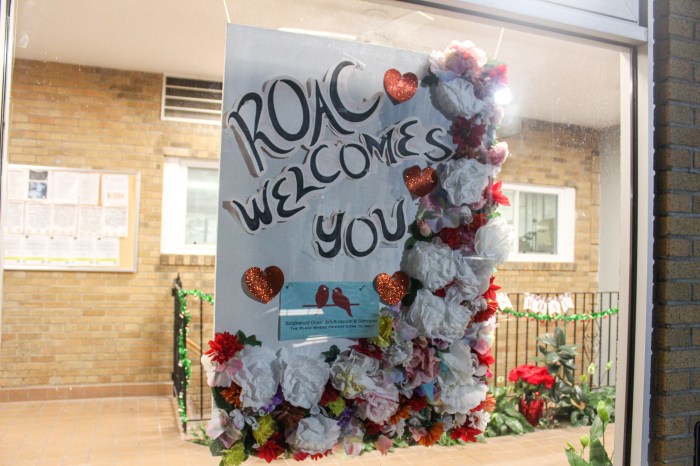By Sarina Trangle
Mayor Bill de Blasio seems to have provoked the political ire of Rockaway ferry advocates by letting the service expire and then moving swiftly to have the dock dismantled.
The peninsula’s elected officials met with de Blasio Oct. 30 to make a final plea for continuing the ferry route, which began carrying passengers from Beach 108th Street to the Brooklyn Army Terminal and downtown Manhattan after Hurricane Sandy flooded A train tracks two years ago. They convinced the mayor to drop a homeless shelter proposal on Beach 8th Street, but not to reverse the course of the ferry’s future.
Boats stopped last Friday and Phil McManus, of the advocacy group Queens Public Transit Committee, said crews were out ripping out the peninsula’s dock Monday.
Suddenly lawmakers’ political clout was up for question in the peninsula.
“No ferry, no vote,” McManus said. “This is clear-cut politics. We don’t count.”
Both McManus and Joe Hartigan, a retired FDNY employee pushing for expanded ferry service, said they were surprised elected officials could not secure the $5 million necessary to continue the ferry in a city budget of roughly $75 billion.
“If you can’t get .007 percent of the city budget, then you don’t belong in politics,” Hartigan has said.
Michael Krasner, a political science professor at Queens College, warned against sizing up officials’ effectiveness based on one issue.
“If this is losing a lot of money, then no elected official is going to save it,” he said.
Ferry supporters said they believe Rockaway has long been a dumping ground for nursing, group and adult homes, rehab centers and other government facilities. They took note when de Blasio’s lack of campaigning in the western end of Rockaway inspired a peninsula paper’s editorial, when he was absent from its St. Patrick’s Day parade and when his administration opened a shelter on Beach 65th St.
And Scarlett McHugh, a Belle Harbor resident, tweeted a 2013 mayoral election results graphic and suggested de Blasio did not fund the ferry because roughly 70 percent of the Breezy Point and Belle Harbor area cast votes against him.
The administration and city Economic Development Corp. have argued the ferry’s 400 daily ridership and the roughly $30 subsidy per passenger made it unsustainable.
Amy Spitalnick, de Blasio’s director of public affairs, said the mayor has focused on the Rockaways and supported and started initiatives to serve its residents.
“From new workforce development initiatives, including the Rockaways Economic Advancement Initiative, to kickstarting Build it Back and implementing resiliency measures that will provide unprecedented protection, the administration’s commitment is clear,” Spitalnick wrote in an e-mail. “And programs such as universal pre-K, after school, paid sick leave and more will play a key role in lifting up working families in the Rockaways.”
The mayor’s office noted he had recently been in the Rockaways several times, and had met with its elected officials to begin formulating a long-term plan for the peninsula.
“We want to have a truly coherent plan for the Rockaways,” the mayor said, according to an Oct. 15 Bayswater press conference transcript. “We don’t want to just throw some spare pieces, or stray pieces, at the equation.”
Rockaway residents faulted the city’s calculations, saying ridership statistics would have spiked if weekend ferry service was offered during beach season.
“We are one of the furthest commutes, so it’s going to cost more,” said McManus. “Still, it’s okay for Staten Island to have a free ferry for the last 20 something years, but not us.”






























